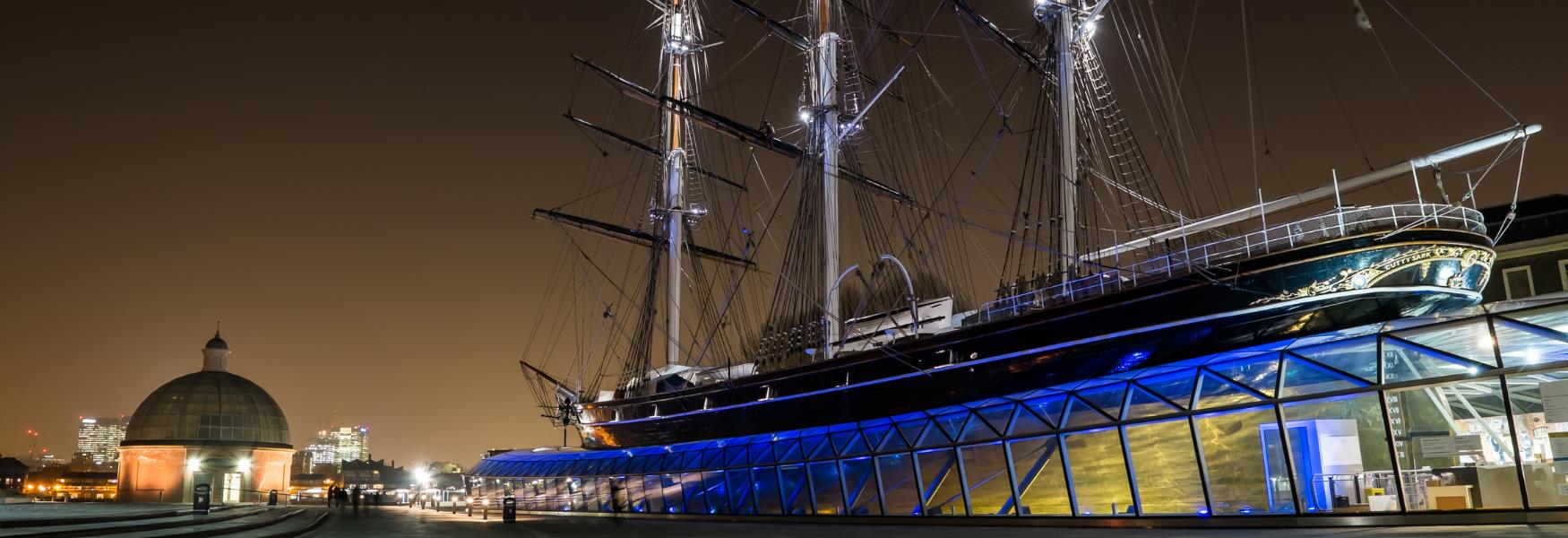To build your own Itinerary, click  to add an item to your Itinerary basket.
to add an item to your Itinerary basket.
Already saved an Itinerary?


Number of results: 123
, currently showing 101 to 120.
Oxfordshire
Blenheim Palace is only 8 miles from Oxford, and boasts more than 300 years of history to discover and over 2000 acres of beautiful parkland to explore.
Matlock
The Derwent valley, upstream from Derby on the southern edge of the Pennines, contains a series of 18th and 19th century cotton mills and an industrial landscape of high historical and technological significance.
Lancashire
Award-winning Leighton Hall is the lived-in house of the famous furniture-making Gillow dynasty. Unravel the fascinating past of this ancient, Lancashire family, wander through the spectacular grounds and pretty gardens and displays.
Nr. Malvern
Prior's Hall, C. 1480, of former Benedictine Monastery. Library, Religious Vestments, Embroideries, Paintings. 10 acre garden - lakes, spring bulbs, blossom, old roses and shrubs.
Sussex
1066 is the year the Normans defeated the English at the Battle of Hastings. Visit the site of this momentous event and Battle Abbey, which was founded by William the Conqueror as penance for the bloodshed and as a memorial for the dead.
Towcester
The most striking feature of Wakefield Walk was the large expanse of Wakefield Lawn.
Tonbridge
Set in the rural Weald of Kent surrounded by picturesque countryside and ancient parkland. Penshurst Place and Gardens has changed little over the centuries. This medieval masterpiece has been the seat of the Sidney family since 1552.
Devon
Late Georgian house built by the ancestors of the current owners and set in its own parkland. Family members offer tours on certain days (see www.hemerdonhouse.co.uk for details), and visitors may also explore the grounds on those days.
Sudbury
Gainsborough’s House is the childhood home of Thomas Gainsborough RA, now a museum with an outstanding collection of his work.
Llanfairfechan
This Arts and Crafts house was built in 1900 by the architect H L North as his family home and contains much of the original furniture and William Morris fabrics.
Harlech
Explore the magnificent castle of Edward I at Harlech - which is inscribed on the World Heritage List. One of the most formidable and dominant fortresses in Wales. Panoramic views of Snowdonia and the sea. On site exhibition.
Bushmills
The Giant’s Causeway lies at the foot of the basalt cliffs along the sea coast on the edge of the Antrim plateau in Northern Ireland.
Sible Hedingham
One of the most complete historic watermills in Essex with most of the original machinery. Restored working water wheel. Open weekends in spring and summer.
Huntingdon
Hemingford Manor, built circa 1130 and one of the oldest continuously inhabited houses in England, was the home of the author Lucy Boston from 1939 until her death in 1990.
Bath
Located in a Grade I listed building, the American Museum and Gardens features collections from the United States and displays that recreate periods of American history, as well as a world renowned folk art, quilt and map collection.
Near Truro
Trewithen is an historic estate near Truro, Cornwall. Owned and lived in by the same family for 300 years, it is both private home and national treasure.
Ingatestone
Tudor manor house and grounds containing furniture, pictures and memorabilia accumulated by the resident family over the centuries.
Ripon
Veiled in a secluded valley, this World Heritage Site promises to surprise and captivate with its vast Cistercian abbey ruins, Georgian water garden, a medieval deer park, Elizabethan Hall and Gothic church.
Cobham
Painshill is an award-winning 18th century landscape garden where you are invited to walk around a work of art. Winding paths will take you on a journey to discover a living canvas with beautiful vistas and dramatically placed garden buildings.…
Lostwithiel
The CGS Spring Flower Show is firmly established as one of the most widely respected flower shows in the UK. It’s also known as one of the most friendly and inclusive shows and as such it attracts exhibitors and visitors from all over the country…